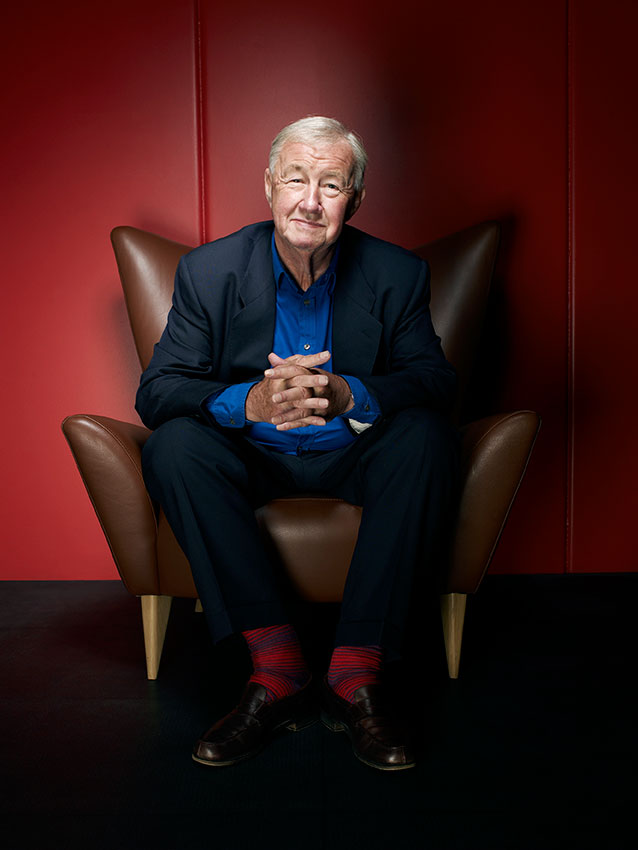
Sir Terence Conran on the founding of the Design Museum
The great designer and entrepreneur, who died at the weekend, said the museum was the single most rewarding achievement of his long and illustrious career
Over the past two days a great many figures in the world of design have been paying tribute to the British designer and entrepreneur, Sir Terence Conran, who died on Saturday at the age of 88. Widely credited with introducing the British public to such products as the duvet, Conran is also regarded as one of the most influential people in interior and product design in the UK, responsible for raising the country’s aesthetic standards over the past six decades. However, in our book, The Story of the Design Museum, he singles out his greatest, most rewarding career achievement: the founding of this very institution.
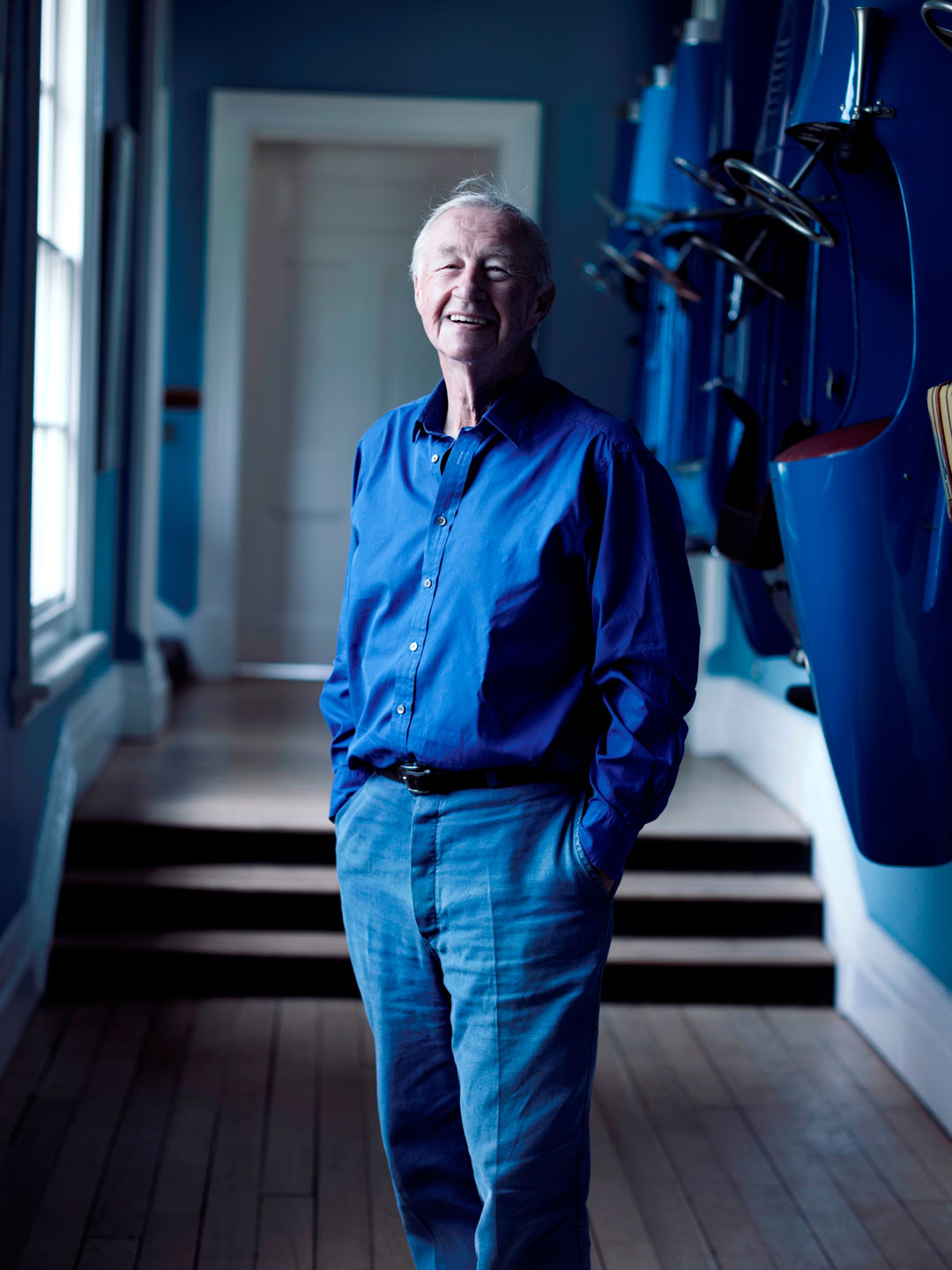
“Asked to pick the single most rewarding achievement in my long design career so far, I would not hesitate to say founding the Design Museum in London,” he wrote. “Creating the Museum was a hugely significant development for design in the UK and also for me personally – I suppose you could say it was my ‘patriotic urge’. I’d been involved in selling design to the public and to industry for nearly thirty years but I had a fierce conviction that we could do more. It was the feeling that we could use intelligent design to change and improve Britain, so acting as a catalyst for social and economic change.
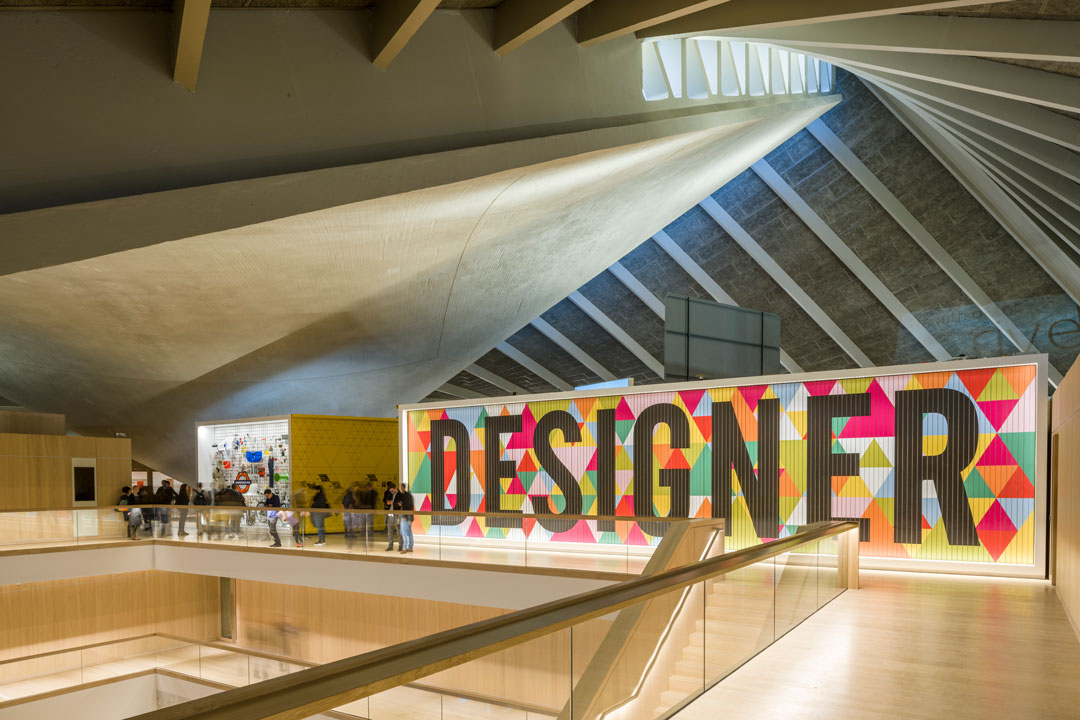
“In the early 1980s, with [the groundbreaking UK furniture store] Habitat becoming a public company, I found myself with rather a lot of money for the first time and wanted to make a positive contribution to society. I tried to formulate ideas, and I kept coming back to the realization that design education was not being well understood by government and that it could be vitally important to the future of our country. [British designer] Paul Reilly was something of a mentor to me at that time and hugely influential in shaping my big idea. He headed up the Design Council, which was a truly vibrant place under his leadership, and over the years he did a tremendous job as the chairman of The Conran Foundation as we launched the Design Museum.
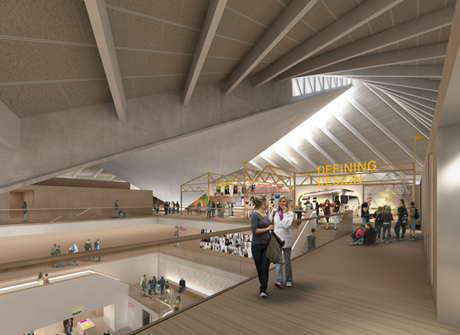
“The Triennale exhibitions in Milan had always been stimulating for me, seeing at first hand the best of contemporary Italian and international design at a time when that country’s designers were conquering the world. These were absolutely first-rate, influential design exhibitions that opened the eyes of both students and manufacturers to the best contemporary designed products in the world. Paul and I agreed that a museum of industrial design of our own in Britain, featuring products from across the world, could be a very successful and influential project. I began to dream about creating a modest version of what I had been so inspired by in Milan, and set up The Conran Foundation determined to create a permanent home for the display of modern design.
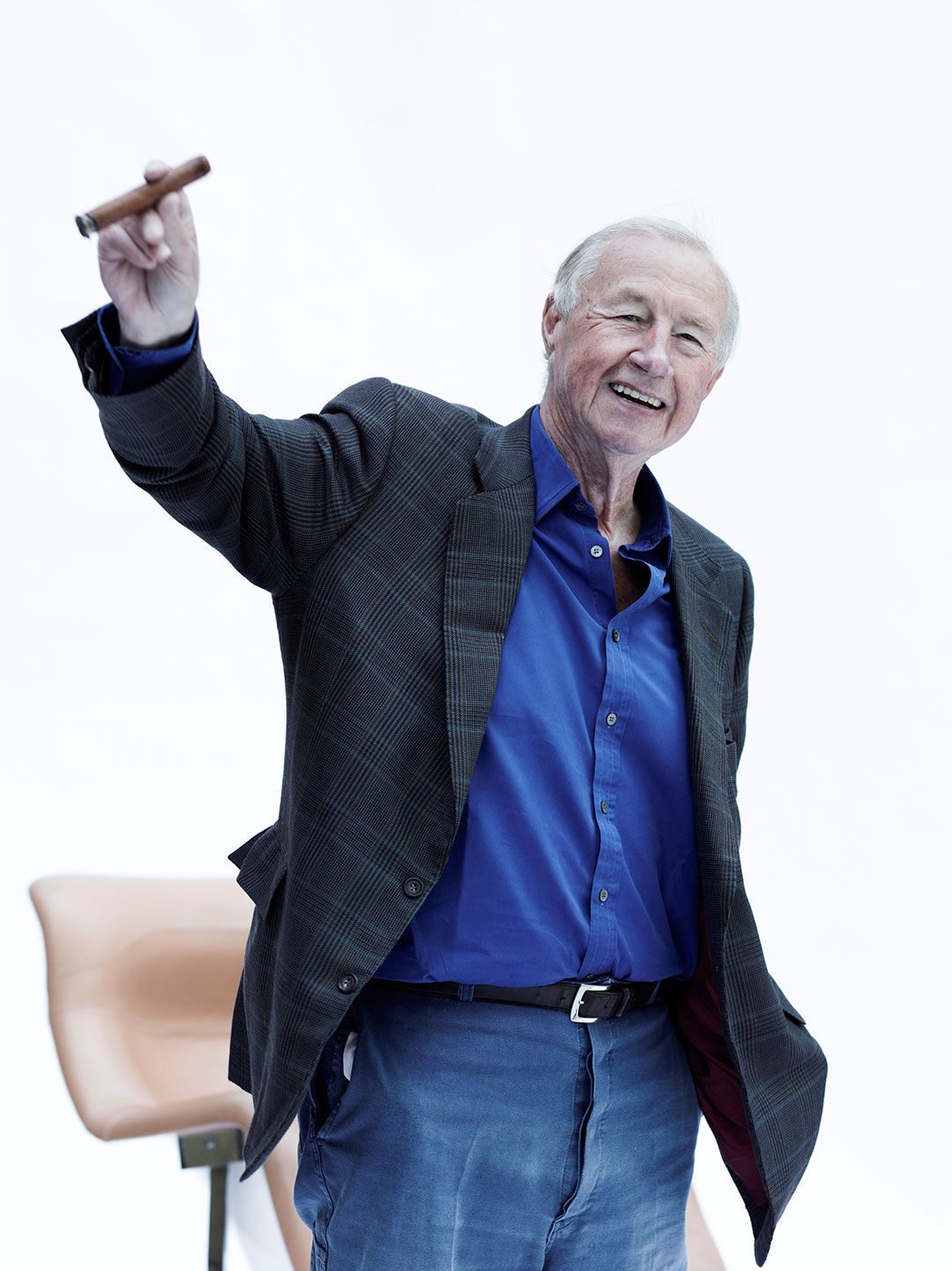
“Paul introduced me to [author and curator] Stephen Bayley, who was bursting with energy, ideas and ambition, and who would go on to become the first director of the museum. We approached Roy Strong, the director of the Victoria and Albert Museum, to see if he had any space, and he offered us a dark, dingy room in the basement that had formerly been used as the boiler room. There weren’t even any stairs down to it, but I had always been seduced by quirky spaces and Roy said if we were prepared to convert the space ourselves then it was ours. We created a simple white box that would become our home for the next five years, putting on something like twenty-five exhibitions with a vibrant and questioning approach. We became very popular very quickly, and we certainly learnt a lot about how to create a really serious museum.
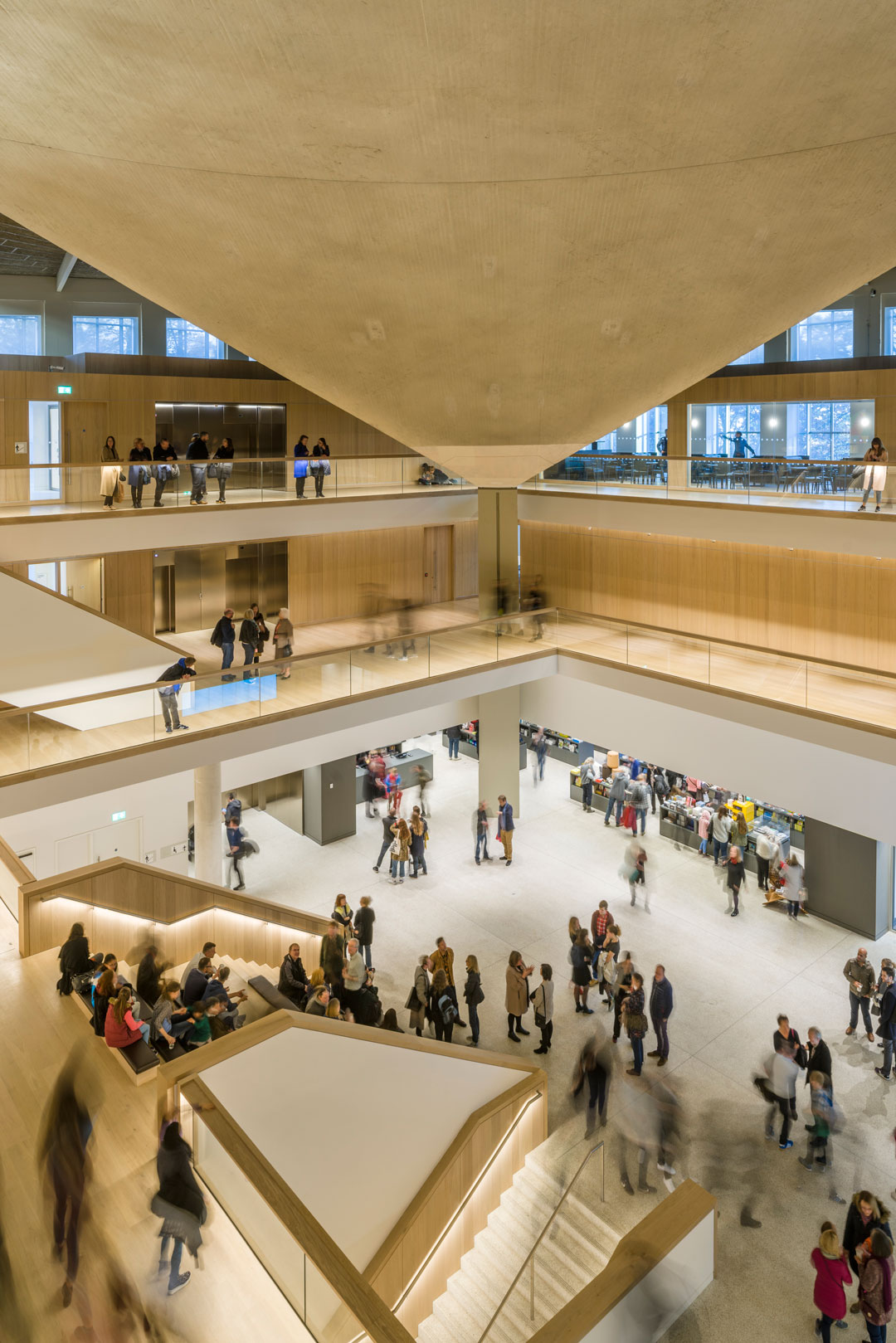
“But after five years Roy and his curators needed the space back and we had to find a new home. Around this time the big project in my life was the development of Butler’s Wharf, and we thought: why shouldn’t we take our museum and our ideas there with us? We identified an old derelict banana warehouse on the riverfront, which would become our home for the next twenty-five years.
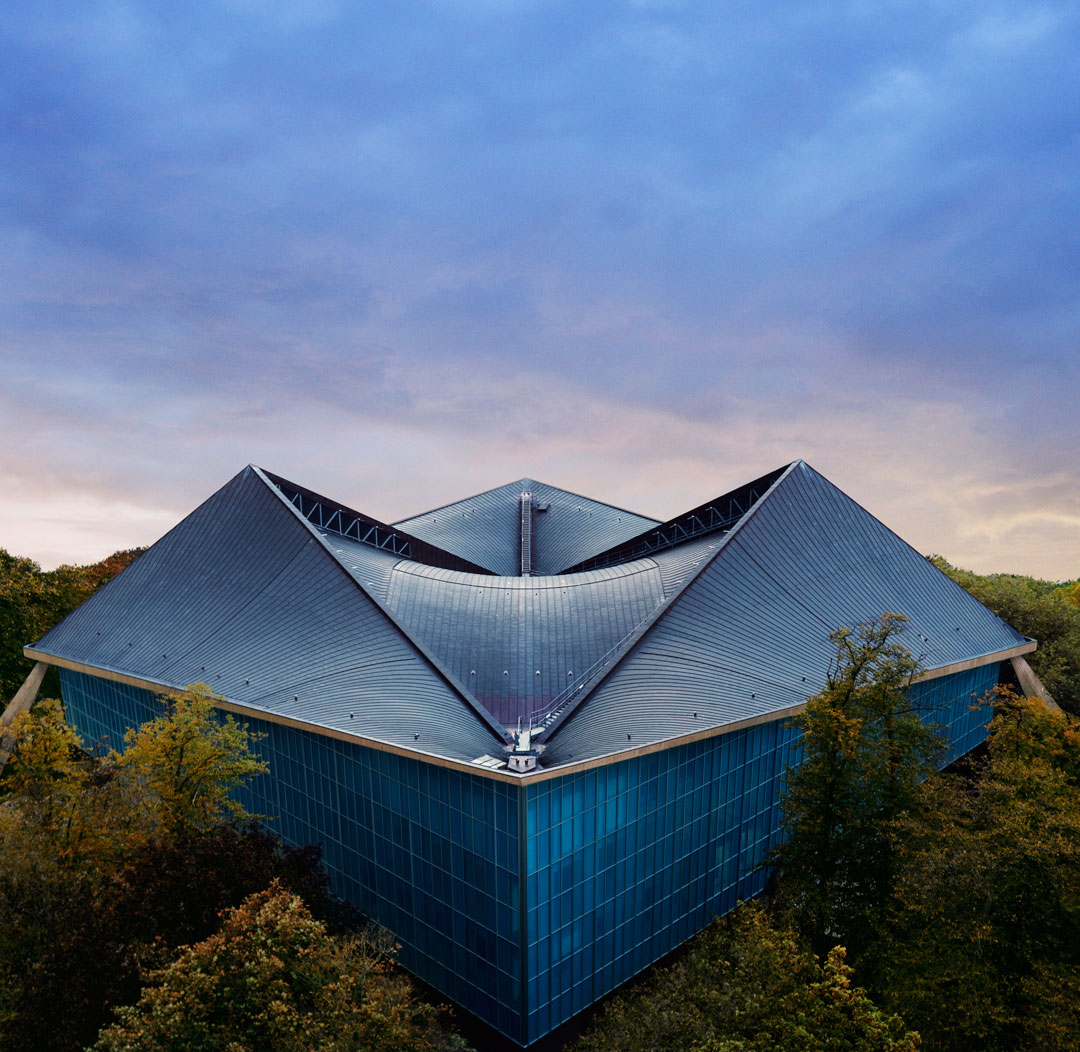
“A team of Conran architects, headed up by Richard Doone, came up with a scheme that stripped back the brickwork and used the steel structure to create a simple, suitably Bauhausian building, which I thought was a perfect look for our new museum. We opened in 1989, and since then the museum has always led the way in showing the work and inspirations of the most important designers and architects in the world – but more importantly we have supported and promoted the brightest young design talent.
“I founded the Design Museum to emphasize the importance of design in education, and more than quarter of a century later it fills me with great pride to see the galleries bursting with enthusiastic schoolchildren turning their own ideas into useful objects. But now we have relocated to our wonderful new home in the magnificent former Commonwealth Institute building in Kensington. Designed originally by Sir Robert Matthew, it is an impressive listed building and the structure of the roof is extraordinary, an amazing geometric construction. The cathedral-like scale of what we have created at first made me gasp.
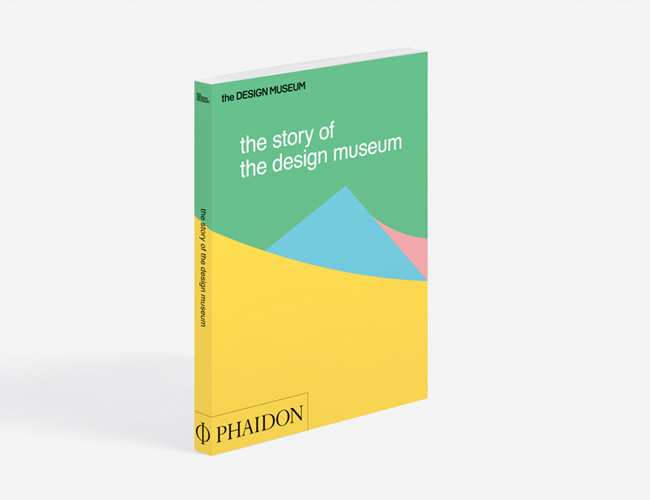
"I cannot praise the design team enough, who, led by John Pawson, have paid homage to the space as a wonderful piece of sculpture and created a building fit for the world’s greatest museum of design. It is a fine space in which to begin this bold and exciting new chapter in the Design Museum. We have three times more space than we had before, allowing us to show a wider range of exhibitions, and finally we have a dedicated area in which to properly showcase our world-class collection. We have created a library and a lecture theatre, both of which have significantly helped to extend our learning programme and go to the very core of the big idea I first shared with Paul Reilly all those years ago.
I believe it can be a catalyst that shows that quality of life can be improved significantly through intelligent design. This is a remarkable opportunity to continue shaping Britain, and the new Design Museum can become the definitive voice of contemporary design, reinforcing our place as one of the world’s leading creative economies.”
Conran’s prophetic words ring true; today, the museum has welcomed thousands of design-literate visitors through its doors, satisfying their curiosity with a wide variety of exhibition, on everything from Ferrari to Anni Albers; the design heritage of California to the brilliance of Paul Smith. It is, and will remain a lasting tribute to Sir Terence’s pioneering work. To find out more about this venerable institution and Conran’s role in its foundation order a copy of The Story of the Design Museum here.